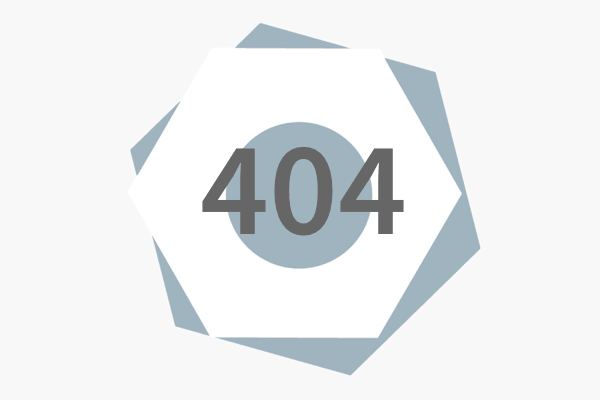Where did all the Stimulus Money go?
 Commentary reports:
Commentary reports:
During the recent recession, the U.S. Congress passed two large economic stimulus programs. President Bush’s February 2008 program totaled $152 billion. President Obama’s bill, enacted a year later, was considerably larger at $862 billion. Neither worked. After more than three years since the crisis flared up, unemployment is still very high and economic growth is weak. Why have such large sums of money failed to stimulate the economy? To answer this question, we must look at where the billions of stimulus dollars went and how they were used.
Keynesian stimulus packages come in three basic types. In the first type, the federal government puts money directly into the hands of consumers. The hope is that consumers will use the money to increase their purchases of goods and services. In the second type, the federal government directly purchases goods and services, including infrastructure projects, equipment, software, law enforcement, and education. In the third type, the federal government sends grants to state and local governments in the hope that those governments will use the funds to purchase goods and services.
In each case, according to Keynesian theories, the increase in purchases will stimulate additional economic activity over and above the initial increase in purchases. The 2008 stimulus was mainly of the first type, while the 2009 stimulus was a mix of all three types.
Let’s start with the effort to put money temporarily into the hands of consumers. In the 2008 stimulus, the U.S. Treasury began issuing one-time payments to households in the spring. This temporary boost in income was designed to jump-start personal consumption of goods and services and thereby increase production and jobs at the firms that produce those goods and services. It didn’t work.
Click here to read more.

